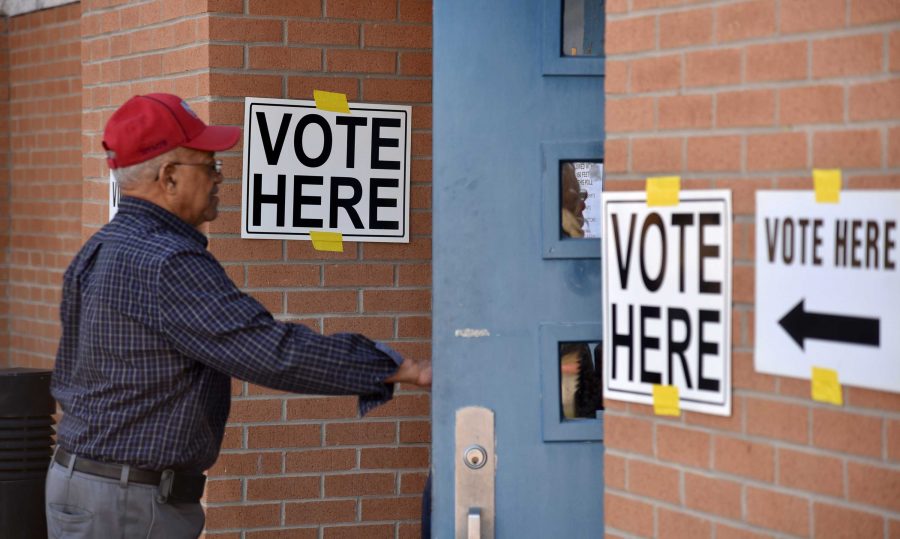What polls really represent
Clinton and Trump currently hold the top runner positions in the election for presidency based off of the recent primary and caucus. Clinton is a professional politician, while Trump is a well known businessman. Photo credits of MCT Campus.
February 21, 2016
With over 300,000,000 individuals in the United States, how is it possible to take a poll about all their opinions? Many people never, or rarely answer the random phone calls, or online test, either by choice or by simply never being asked.
How polls begin
When someone wants a poll conducted, their first step is to contact a poll company; some of these being The Gallup Poll, Mason-Dixon, SurveyUSA. They tell them the question they want asked, when to conduct the poll, amount of people to interview, and how the data results will be presented.
Next, a call center is hired for the job and the interviews begin. Once they interview the designated amount of people, the data is submitted, and the data, and randomness of the sample is checked.
Opportunity to be interviewed
Not everyone has an equal chance of being asked for their input. Poll companies never poll Americans who live overseas. This results in about seven million people not being included in their results.
Also, since individuals interviewed have the options whether they want to participate, poll companies might call ten times the people they need in order to have the proper amount for the results.
This process of calling individuals for a poll must be distributed over the course of a few days in order to also give the opportunity to be included, to all individuals. Poll companies will get different people, and therefore different results if they call late on a Friday evening, than midday on a Tuesday.
Asking the right questions
The way a poll question is asked can trigger different responses, even if it is asking for the same result.
Whether an individual is asked if the Ohio senate election was held today, for whom would you vote, verses, If the Ohio Senate election was held today, would you vote for the Democratic or the Republican, the two questions, although asking the same general question, would produce different results.
Margin of Error
The concept of Margin of Error is used often when it comes to polls. An example of Margin of Error is if poll companies called people in a state that is divided equally between Democrats and Republicans but accidentally called more Democrats than Republicans. This would skew the data collected into viewing that given state as more democratic than republican.
Poll companies know this, and have found that the Margin of Error is commonly around 3%-6%.
Given this information, if a poll is conducted about leading candidates, and two candidates are polled to have the support of 49 percent.and 55 Percent, the two candidates are statistically tied, due to Margin of Error.
Source: electoral-vote.com







